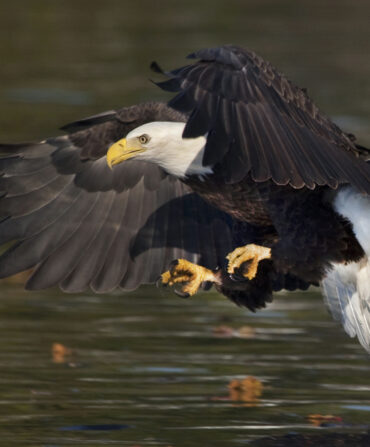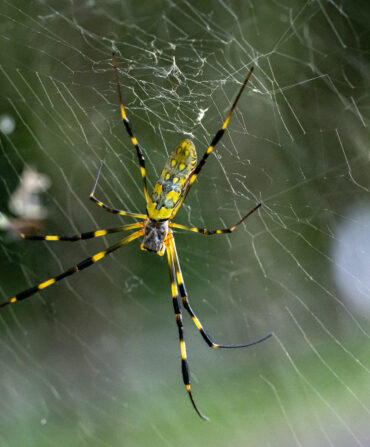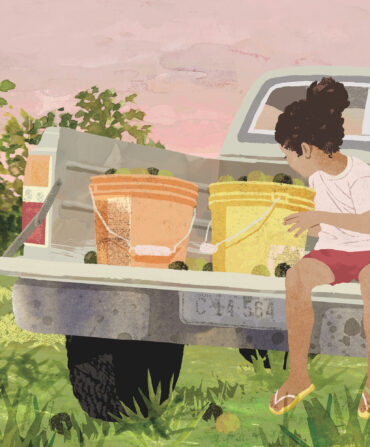Monarch butterflies just achieved an unhappy designation: The International Union for Conservation of Nature (IUCN), the world’s leading organization that conducts species assessments, has listed them as endangered. The numbers make it easy to see why. According to the IUCN, the western monarch population, found west of the Rockies, has fallen by 99.9 percent over the past four decades. Meanwhile, the much larger eastern population has faced an 84 percent decline since the 1990s.
The iconic, colorful butterfly has long inspired wonder. The eastern population makes a spectacular yearly migration, wintering in central Mexico’s oyamel fir forests and then flying, in multiple generations, to the northern United States and Canada for the summer, where it produces a super generation that flies all the way back to Mexico in the fall. At roughly 2,500 miles, it’s the longest insect migration known to science.
With such a specific wintering ground, and such a vast swath of territory covered on the way to their summering spot, including the South and the Midwest, the butterflies face myriad threats. Logging in the Mexican oyamel fir forests has taken a toll. So has the use of the herbicide glyphosate across large stretches of Midwestern farmland; it kills off milkweed, the butterfly’s only known host plant. Climate change is a wild card, too, causing droughts and impacting the timing of when plants bloom and produce the nectar adult monarchs feed on.
But people can lend a hand to the vulnerable butterflies. “For a lot of pollinators, it’s not as easy for the public to directly help,” says entomologist Jaret Daniels, curator of the McGuire Center for Lepidoptera and Biodiversity at the Florida Museum of Natural History in Gainesville. “But with the monarch, the average person can really do a lot to move the needle.” Monarchs require two things: nectar-bearing flowers and milkweed.
Adult monarchs lay their eggs exclusively on milkweed, and the caterpillars then feed on the leaves of the plant until metamorphosis. Milkweed is an easy add to a backyard. But Daniels stresses that it can’t be just any milkweed—it should be native to the area in which it will be planted (avoid, as a rule, tropical milkweed). Nectar is particularly important during the fall as the migration hits its stride, as the butterflies need flowering plants to replenish their energy along the way. And avoid pesticides—they’re detrimental to all pollinators.
Though the IUCN listing isn’t good news for the monarch, scientists hope that it might have an upside when it comes to conservation efforts. “Hopefully this listing will generate attention and energize action to address the decline of this iconic insect,” Daniels says.








